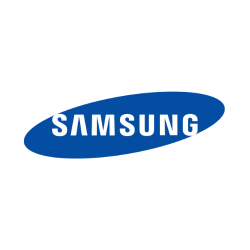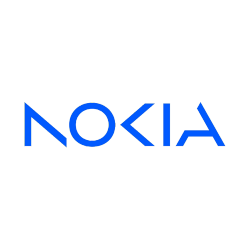
Introduction to the Micromax X220
The Micromax X220 was an economical mobile phone that launched in January 2010, appealing to consumers who desired basic mobile functionalities at an affordable price. As part of the feature phone category, it aimed primarily at making communication easier without the additional complexities and costs associated with smartphones of the time. Although discontinued, the X220 represented a significant milestone in Micromax's journey in mobile telephony.
Design and Build
Measuring 96 x 47 x 16 mm and weighing just 78.5 grams, the Micromax X220 was compact and lightweight. Its design featured a sturdy plastic body with a matte finish, ensuring a firm grip and durability. Despite its budget-friendly nature, it offered a sleek and robust design that was well-received by users who required mobility and practicality.
Display
The phone featured a 1.81-inch CSTN screen capable of displaying 65K colors. With a resolution of 128 x 160 pixels and a pixel density of approximately 113 ppi, the display was sufficient for basic operations such as texting and calling. While not designed for multimedia consumption, the screen provided adequate visibility under various lighting conditions.
Camera Capabilities
The Micromax X220 came equipped with a basic 0.3MP camera. While rudimentary by modern standards, it allowed users to capture moments that were visually meaningful. Although lacking video recording capabilities, the camera served its primary purpose of providing users with a glimpse into mobile photography.
Battery and Power Management
One of the strong points of the X220 was its removable Li-Ion 800 mAh battery. Users could expect a standby time of up to 240 hours and a talk time of up to 3 hours, making it reliable for daily use. The simplicity of the device, coupled with efficient power management, allowed the battery to last for considerably long durations between charges.
Memory and Storage
The device supported a microSD card slot, an advantage for users requiring additional storage. While internal storage specifics were not detailed, the ability to store 500 phonebook entries highlighted its efficacy in managing contacts effectively. Call and message storage was straightforward, ensuring users could maintain essential records without clutter.
Networking and Connectivity
Supporting GSM technology and featuring 2G bands for GSM 900/1800, the X220 allowed users to enjoy basic calling and messaging services. It offered GPRS class 10 for data transmission, albeit with limitations. Bluetooth connectivity was also available, enabling file transfers between compatible devices. However, the absence of WLAN and more advanced connectivity options reflected its positioning as a feature phone.
Communication Features
The Micromax X220 was marketed towards users with essential communication needs. It supported SMS and MMS messaging, alongside a WAP 2.0/xHTML browser for light web browsing. Stereo FM radio allowed users to enjoy entertainment and stay informed on the go. The phone also supported downloadable games, providing leisure and engagement.
Sound and Audio
With an integrated loudspeaker, the X220 ensured clarity in calls and audio playback. While it didn't support a 3.5mm audio jack, users could rely on speakerphone capabilities to listen to audio from the device itself. The lack of advanced sound technologies emphasized its simplicity and cost-effective design.
Physical and Miscellaneous Attributes
Available predominantly in black, the X220 offered understated elegance. The use of standard Mini-SIM provided compatibility with widespread mobile networks. Its proprietary USB port supported essential connectivity despite its non-standard nature.
Market Impact and Legacy
The Micromax X220 played a crucial role in making mobile technology accessible to a broader audience, particularly in emerging markets. It represented a balance between functionality and affordability, ensuring users could enjoy mobile communication without a hefty investment.
Concluding Thoughts
Though the Micromax X220 is no longer available, its impact within the market continues to be remembered. It fulfilled its intended purpose of providing a dependable, straightforward mobile experience and set the stage for subsequent innovations in feature phones, adding to Micromax's legacy as a provider of practical mobile solutions.
Key Features of Micromax X220
- Lightweight design at 78.5 g (2.75 oz)
- Compact dimensions: 96 x 47 x 16 mm
- CSTN display with 65K colors
- Expandable storage via microSD card slot
- Bluetooth connectivity
- Stereo FM radio support
- Affordable pricing, around 20 EUR
- Removable Li-Ion 800 mAh battery with up to 240 hours standby time
- Basic SMS and MMS messaging capabilities
Disadvantages of Micromax X220
- EDGE technology is not supported, limiting internet connectivity speeds to GPRS.
- The device has a very small 1.81-inch CSTN display with a low resolution of 128 x 160 pixels.
- The phone does not support video recording capabilities.
- It lacks a front-facing selfie camera.
- No 3.5mm headphone jack available for audio connection.
- Limited connectivity options: No WLAN, No GPS, and utilizes a proprietary USB connection.
- No support for Java-based applications, limiting app availability.
- The phone features a small battery capacity of 800 mAh, providing only up to 3 hours of talk time.
- The phone has been discontinued and may not have readily available support or parts.

View Also
More Phones
All Rights Reserved +13916 Phones © Mobilawy 2025

























